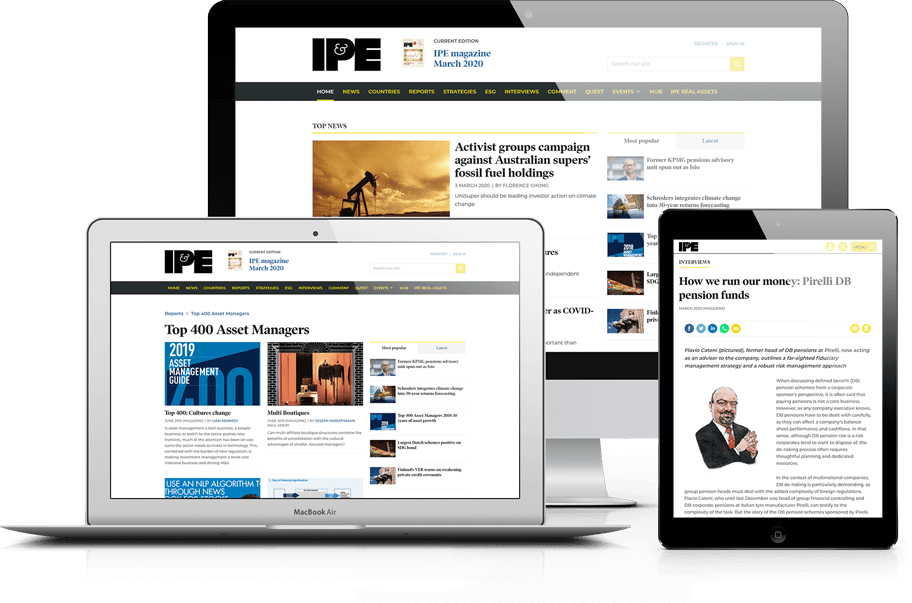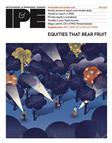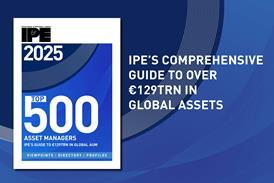Funds' fees under scrutiny
The attraction for Belgian institutional investors of investing through funds is understandable. The Belgian market is a small one, and the size of the average pension fund makes investment funds the easiest and quickest way of achieving portfolio diversification. Also there are good fiscal reasons for investors taking this indirect ...
You have now reached your article limit
Already a registered user or member? Sign in here
To continue reading, register free today for access
Registration also includes access to

Five reasons to register today
- Access to IPE articles from our award-winning editorial team
- Unique IPE market data, rankings and tables
- In-depth interviews with pension fund leaders
- Extensive coverage of latest asset class trends
- Comprehensive archive of data, research and intelligence








